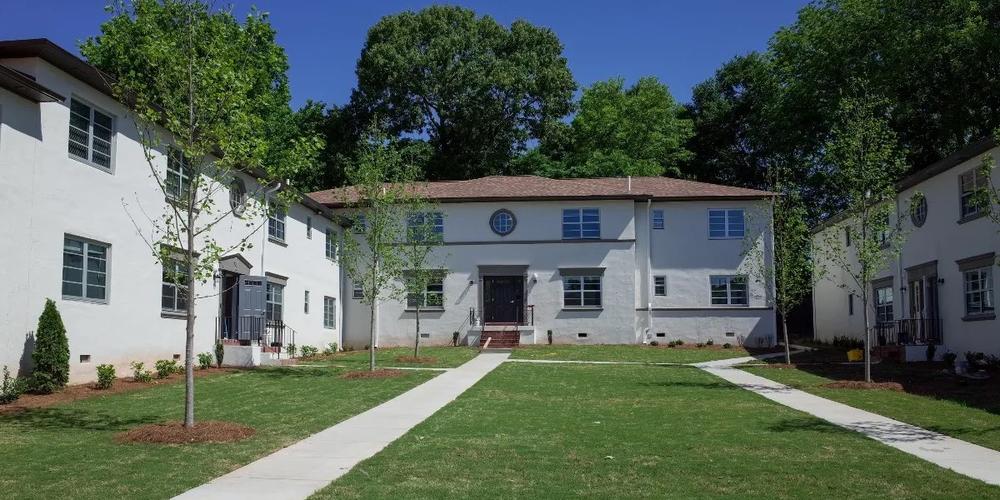
Caption
Excellence in Rehabilitation: Capital View Apartments, Atlanta.
Credit: Rough Draft Atlanta

Caption
Excellence in Rehabilitation: Zuber-Jarrell House, Atlanta.
Credit: Rough Draft Atlanta

Caption
Excellence in Rehabilitation: Revival Lofts, Atlanta.
Credit: Rough Draft Atlanta

Caption
Excellence in Rehabilitation: 788 Lake Avenue, Atlanta.
Credit: Rough Draft Atlanta

Caption
Excellence in Stewardship: Westview Abbey and Mausoleum, Atlanta.
Credit: Rough Draft Atlanta

